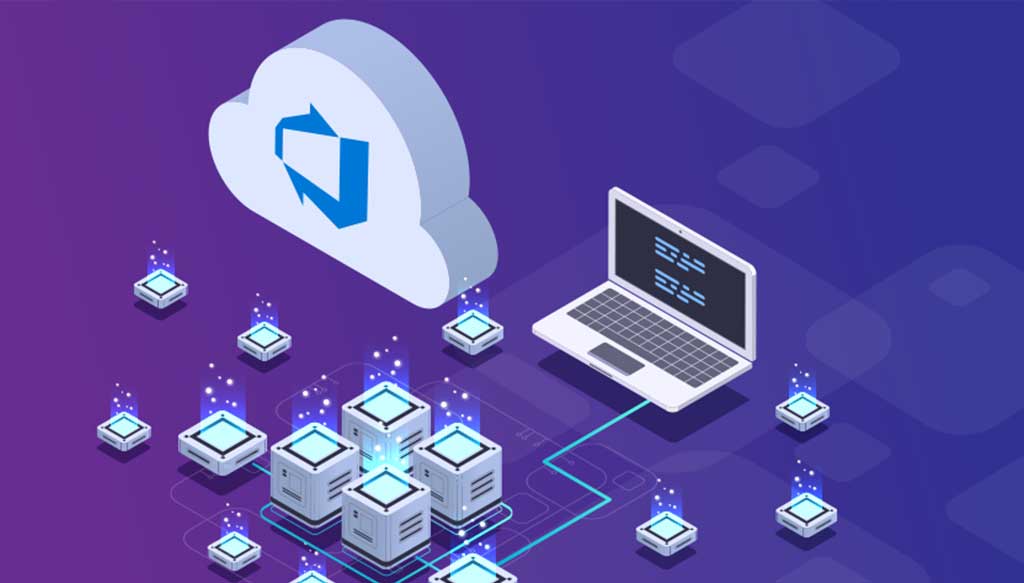

Ram trainings is an excellent resource for expanding your knowledge and developing innovative skill sets that will assist you in passing your certification exam on the first try. We value respect, integrity, honesty, diversity, tolerance, and quality, as well as compassion for students and professionals seeking a new career path. For more details, please contact us at:

Azure DevOps is a software as a service (SaaS) platform that offers DevOps practises and tools for the whole software development life cycle. The platform supports development teams by providing particular tools and services to software programmers, analysts, and testers, as well as IT project or team managers. Azure DevOps interfaces with several additional tools, broadening DevOps toolkits and adjusting them to the specific demands of the development team and organisation. Azure DevOps is compatible with a wide range of existing work management solutions. Azure DevOps is a complete software development platform that provides a variety of services designed to organise and expedite development activities across the application lifecycle.
RAM Training is the Best online Azure DevOps certification training in Hyderabad is curated by Azure DevOps professionals with years of industry experience. Several domain ideas and tools have been built by our teachers for this course. This thorough 2-in-1 course takes a hands-on approach to planning, managing, and monitoring your apps using DevOps and Microsoft Azure. Initially, you'll have a better understanding of DevOps implementation. You'll learn how containerization technologies operate and how to use continuous integration to run tests across your apps. Moving forward, you'll collaborate with DevOps to manage contemporary application lifecycles and automate your programmes on the Azure Cloud platform. By the conclusion of this course, you will be able to release software more quickly and reliably on the cloud.
RAM Training Microsoft Azure DevOps Training Course (AZ-400) Course is designed by industry professionals to meet the needs and demands of the business. This Azure DevOps course provides you with a solid basis for taking the Microsoft Certified: DevOps Engineer Expert exam. The course will teach you how to build and execute collaborative, source code management, security, compliance, continuous integration, delivery, and monitoring techniques. Enrol today to become an Azure DevOps certified professional. Microsoft Azure hosts live batches and webinars. He has personally instructed over 100,000 students and has performed over 200 live online batches. Anyone interested in learning Azure DevOps or obtaining the AZ-400 Certification can register in this online course. A fundamental understanding of Continuous Integration, Continuous Deployment, and Testing is required, as well as prior experience with Fundamentals of powershell.
You should take this Azure DevOps certification course because the demand for DevOps is at an all-time high, with more than 80% of all firms planning to use DevOps in the near future. Furthermore, the average annual compensation of a professional who has mastered DevOps and Azure is roughly US$130,000. People with Azure and DevOps Engineer abilities are in high demand in the industry. The programme will prepare you to become an expert in many on-demand elements of DevOps and Azure. In addition, various case studies and hands-on projects are incorporated in the programme to guarantee that you learn everything you need to know about DevOps and Azure.
MNCs today are looking for candidates who have experience in Azure DevOps and its applications. We deal with the challenges in the Azure DevOps field and assist the candidates with solutions.
Our Azure DevOps practitioners have years of experience in the field and are available at any moment according to our client’s requirements. With a proven track record of a 100% success rate. We also offer hourly, weekly, and monthly job support in the USA,UK and Canada.
You can connect with your Azure DevOps consultant through distinct desktop sharing mediums including Zoom.Us, Skype, Google Meet, Webex, Microsoft Teams, join.me, Teamviewer, GoToMeeting and Netmeeting.
Our Azure DevOps instructors have years of experience in the field and we are having the best course curriculum
Testimonial 1
I am a working professional and wanted to acquire more knowledge to solve work-related issues in Azure DevOps. I search so far many institutes and later found Ram trainings. It is a great learning experience with expert instructors.